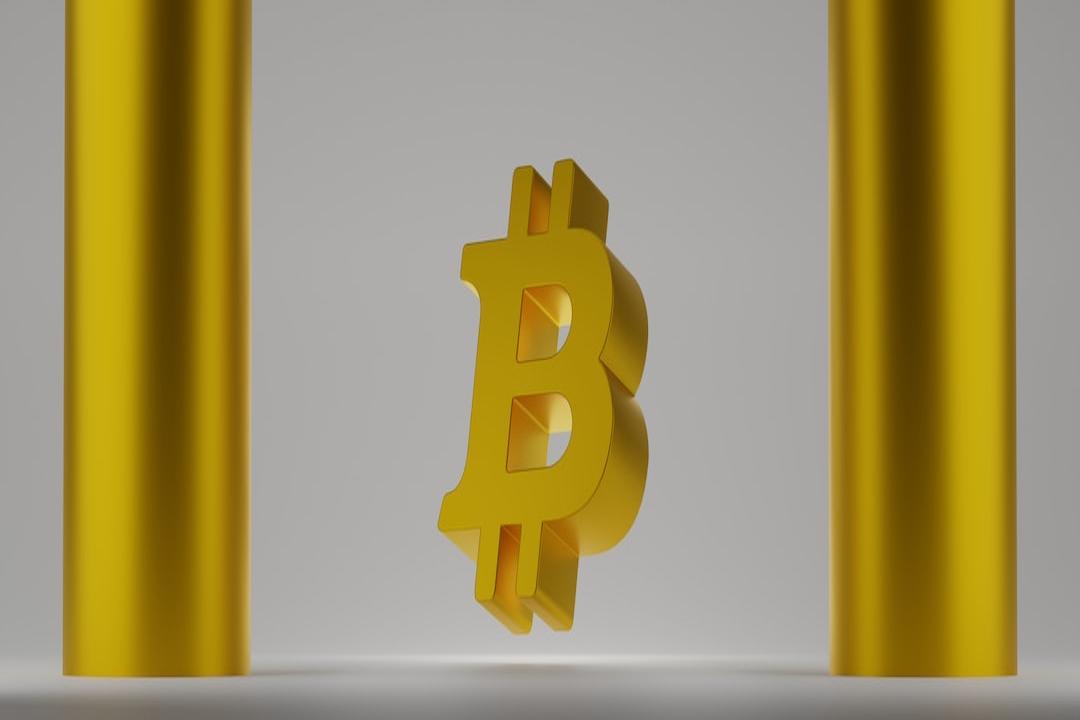The Chief Technology Officer (CTO) of Ripple, David Schwartz, recently unveiled a new method for burning liquidity provider (LP) tokens on any automated market maker (AMM) operating on the XRP Ledger (XRPL).
The idea of burning LP tokens has become a prominent topic since the introduction of native AMM functionality on the XRPL. In less than three weeks since the launch of this functionality, there are now 193 AMMs on the XRPL.
The discussion around burning LP tokens has gained traction as adoption of AMMs increases. Schwartz’s explanation came in response to a community conversation about the role of the DepositAuth flag in AMM accounts.
To provide some context, the DepositAuth flag is a security feature on the XRPL that, when activated, prevents unauthorized transfers to an account, including XRP and other tokens. This means that only approved accounts can send funds, or the account itself must initiate a transaction to receive funds.
In a post on X, Neil Hartner, a senior Software Engineer at Ripple, highlighted the fact that AMM accounts have the DepositAuth flag, which prevents the transfer of XRP or any tokens to these accounts. As a result, AMM accounts are unable to receive token airdrops from issuers.
The discovery of this restriction sparked mixed reactions. TheShillVerse, an XRPL validator, questioned whether this restriction also applies to the transfer of LP tokens to AMM accounts, suggesting that it could be an ideal method for burning LP tokens.
LP tokens are proof of a user’s contribution to liquidity in an AMM. When a participant deposits assets to provide liquidity to the pool, they receive LP tokens that represent their share of the pool. These tokens can be used to reclaim the initial investment, as well as any accrued fees or rewards.
TheShillVerse’s suggestion explored the possibility of burning these LP tokens by sending them to AMM accounts. However, Hartner confirmed that deposit permissions prevented the transfer from being successful during a testnet experiment.
This led TheShillVerse to inquire further about the implications for projects that claim to burn LP tokens. He speculated that such projects would need to keep the tokens in a wallet and make the wallet inaccessible, potentially resulting in the loss of the tokens.
In response to the community’s curiosity, the Ripple CTO provided an alternative approach to burning LP tokens. Schwartz explained that burning LP tokens could be achieved through overpayment in slot auctions, where LPs bid to receive trading fee discounts. By overpaying, users can effectively remove LP tokens from circulation and maintain the accuracy of the pool’s valuation.
Hartner agreed with Schwartz’s explanation, noting that transferring LP tokens to a burn account would indeed remove a portion of the assets from the liquidity pool. However, he pointed out that this action would not increase the share of the remaining providers in the pool’s assets, making the process somewhat futile.
Disclaimer: This article is for informational purposes only and should not be considered financial advice. The views expressed in this article are solely those of the author and do not reflect the opinion of The Crypto Basic. Readers are encouraged to conduct their own research before making any investment decisions. The Crypto Basic is not responsible for any financial losses incurred.

